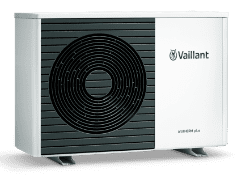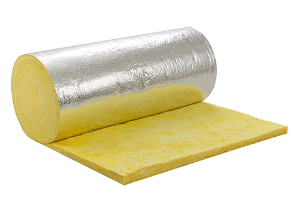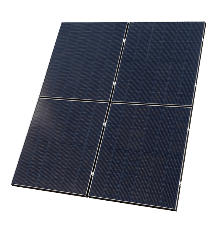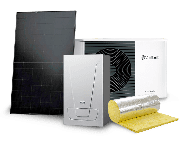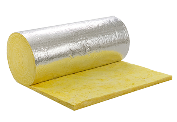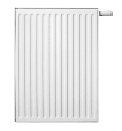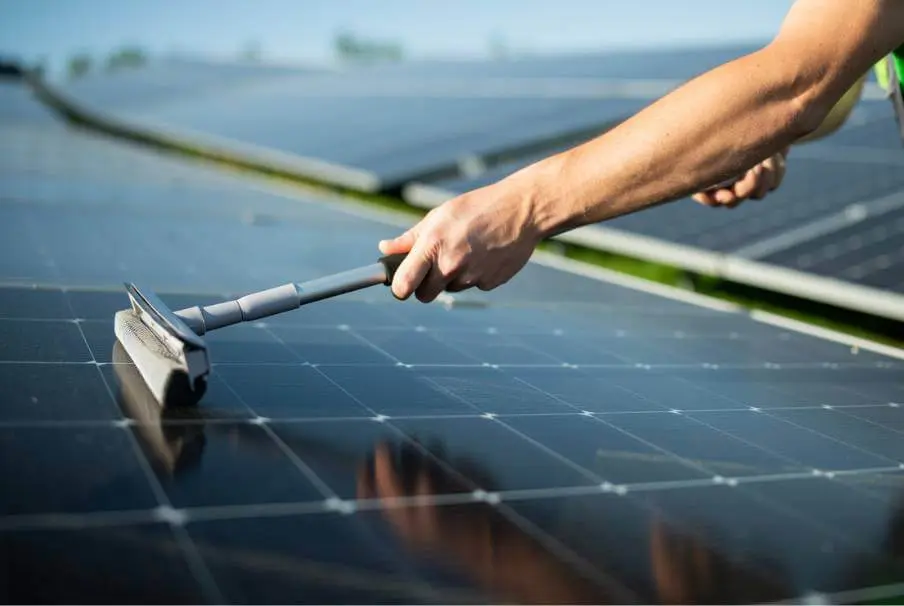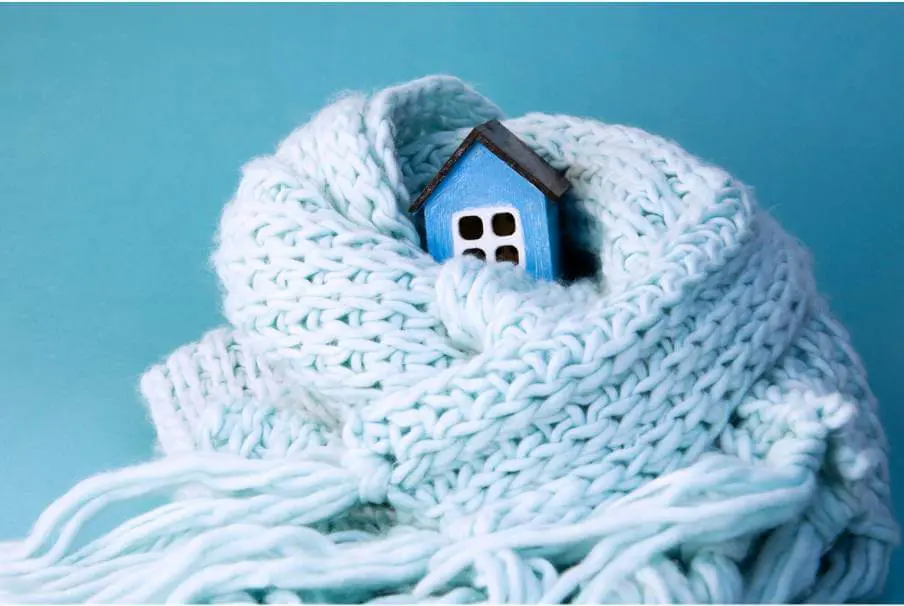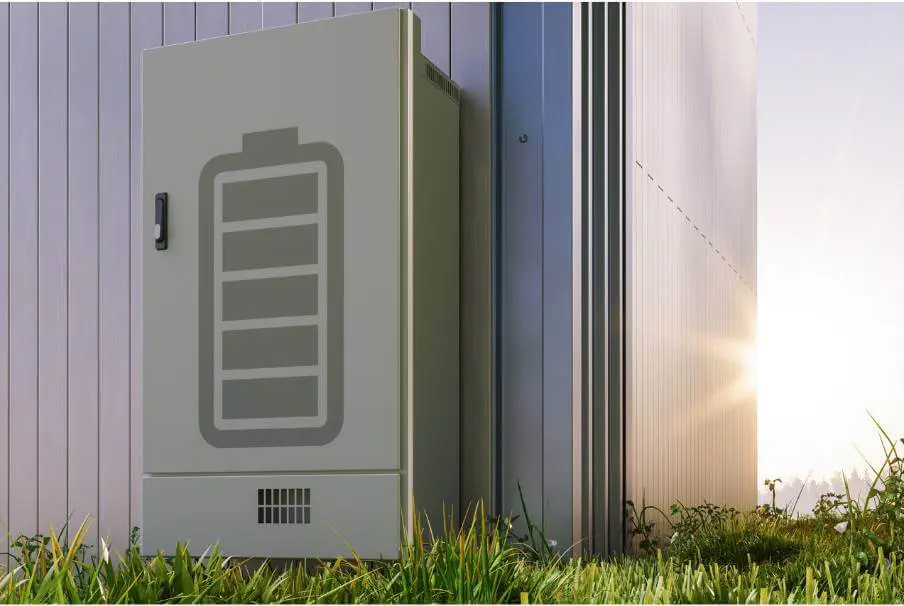4 Ways To Make Your Home More Energy Self-Sufficient
Eco Providers
September 11, 2025
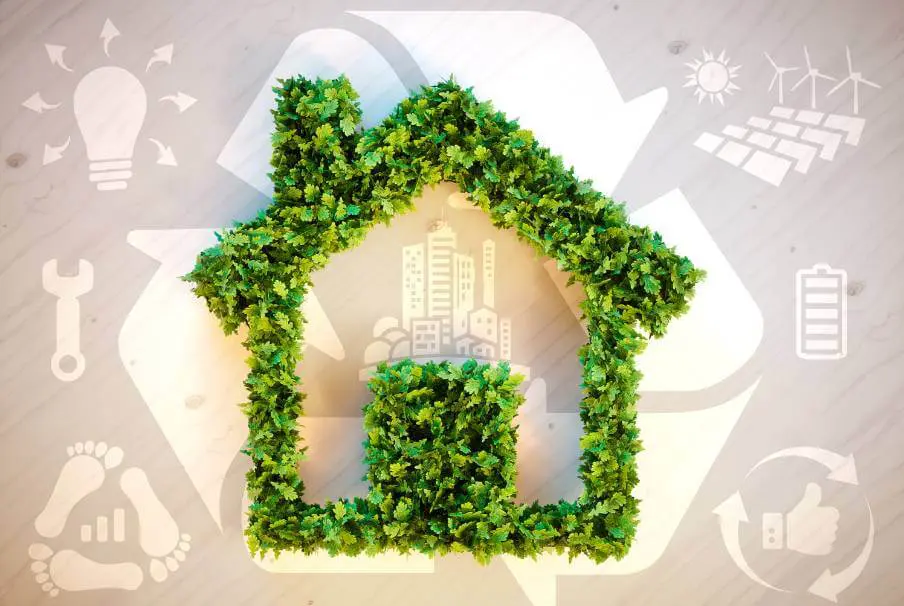
September 11, 2025
In an age where sustainability is more than just a buzzword, homeowners are increasingly looking for ways to reduce their energy consumption and embrace self-sufficiency. And with volatile energy prices, becoming more energy self-sufficient has never been so appealing. By embracing renewable energy, not only can you take charge of your energy needs, but you can contribute to the fight against climate change.
In this blog, we look at four practical ways to make your home more energy self-sufficient, helping you save money and protect the planet.
What is self-sufficient energy and what does it mean?
Self-sufficient energy refers to a home’s ability to generate all the power it needs without depending on outside utility companies. It means you produce your own electricity for things like lighting, powering appliances, and heating your water, giving you full control of your own energy supply.
This typically means relying on renewable sources for your energy production. The ultimate goal is to achieve total energy independence, ensuring your home functions efficiently using clean, self-generated power, which is key for creating a self-sufficient home.
Making your home more energy self-sufficient comes with both financial and environmental benefits. For example, not only will you see a reduction in your monthly energy bills, but you’ll also help shrink your carbon footprint.
4 ways to make your home more energy self-sufficient
Taking control of your home’s energy supply is achievable with the right strategies. By focusing on both generating renewable energy and improving energy efficiency, you can create a more self-sufficient home.
1. Install solar panels and battery storage
One of the most effective ways to generate your own electricity is by installing solar panels. This technology allows you to harness solar power, which works by converting sunlight into electricity. Solar panels are one of the best renewable energy sources for a self-sufficient home, as they can reduce your energy costs and add value to your property. With a typical 4kW system, you could potentially produce around 3,400 kWh of electricity annually.
Pairing your solar panels with a battery storage system is also recommended. While solar panels generate power during the day, battery storage lets you save excess energy for later use. This means you can power your home with clean solar energy at night or on a cloudy day, maximising your self-sufficiency.
With a combined solar and battery storage system, you’ll often have the ability to monitor everything via a smartphone app, meaning you can track your energy production and consumption in real time, giving you greater control over your power.
2. Choose good quality insulation
Ensuring your home is properly insulated with good quality insulation is another key way to becoming more energy self-sufficient. Good quality insulation acts like a protective blanket around your house, keeping it warm in the winter and cool in the summer, meaning your heating and cooling systems don’t have to work as hard.
Different parts of your house lose heat in different ways, so using the correct type of insulation is key to maximising energy efficiency. The most common and beneficial insulation to install include:
- Loft insulation – as heat rises, installing loft insulation can help prevent up to 25% of heat loss.
- Cavity wall insulation – homes that have empty gaps in their walls can be filled to help prevent heat escaping.
- Solid wall insulation – similarly, homes with solid walls can also have these insulated, but this is a much more involved process.
When your home maintains a comfortable temperature more effectively, you use far less energy overall. Ultimately, this helps to reduce your energy bills and minimise your environmental impact.
3. Install an air source heat pump
Installing an air source heat pump is also a fantastic way to make your home more energy self-sufficient, and switching to a heat pump is one of the most impactful changes you can make to lower your carbon emissions.
This is because when you integrate a heat pump with a solar and battery storage system, you can use self-generated power to heat your home and hot water. This not only reduces your overall energy consumption from the grid, but also offsets the cost of your energy bills, which is especially beneficial during colder months.
These systems are also a highly efficient alternative to traditional boilers that burn oil or gas. Air source heat pumps can achieve an average efficiency of 360%. This means for every one unit of electricity they consume, they produce 3.6 units of heat for your home. This incredible efficiency provides consistent comfort for your home much more sustainably.
4. Consider changing to an electric vehicle
Another way you can become more energy self-sufficient is to consider switching to an electric vehicle (EV). Owning an EV comes with a variety of benefits that go beyond sustainability. Some key benefits of changing to an EV include:
- Reduced running costs – charging an EV with electricity is much cheaper than buying petrol or diesel, especially when fuel prices are fluctuating.
- Lower carbon footprint – EVs produce zero emissions, meaning you’re contributing to cleaner air when you drive.
- Drive for free – if you generate your own electricity at home through solar, you can charge your EV for free, as well as drive for free.
By integrating an EV into your home energy ecosystem, it becomes more than just a sustainable way of driving – it essentially solidifies your independence from fossil fuels and the grid, creating a truly holistic way of becoming more energy self-sufficient.
Ready to become more energy self-sufficient?
Making your home more energy self-sufficient isn’t just a trend, it’s a crucial step toward a sustainable future. By implementing these four strategies you can create a more self-sufficient home all while reducing your carbon footprint and lowering energy costs.
If you’re ready to become more energy self-sufficient, get in touch with us today. At Eco Providers, we specialise in installing renewable energy sources, such as solar and battery storage systems and air source heat pumps, as well as insulation.
Speak to our friendly experts today to discuss your energy needs in more detail and we can offer tailored advice and solutions to help you on your journey toward becoming more energy self-sufficient.
FAQs around energy self sufficiency
Absolutely. Combining renewable energy sources like solar and battery storage systems, heat pumps, and EV chargers creates a more resilient and effective energy supply. This integrated approach allows you to maximise your self-generated power and achieve better energy independence.
Yes, while there will be an upfront cost to doing so, switching is cost-effective in the long term. The high efficiency of heat pumps and the lower running costs of EVs lead to reduced monthly energy bills. This move also protects you from the volatile pricing of fossil fuels.
The primary benefits include lower energy bills, a reduced carbon footprint, and greater energy independence from the grid. You also get enhanced energy security, protection from price hikes, and the satisfaction of powering your home with clean, renewable energy, which can also increase your property’s value.
